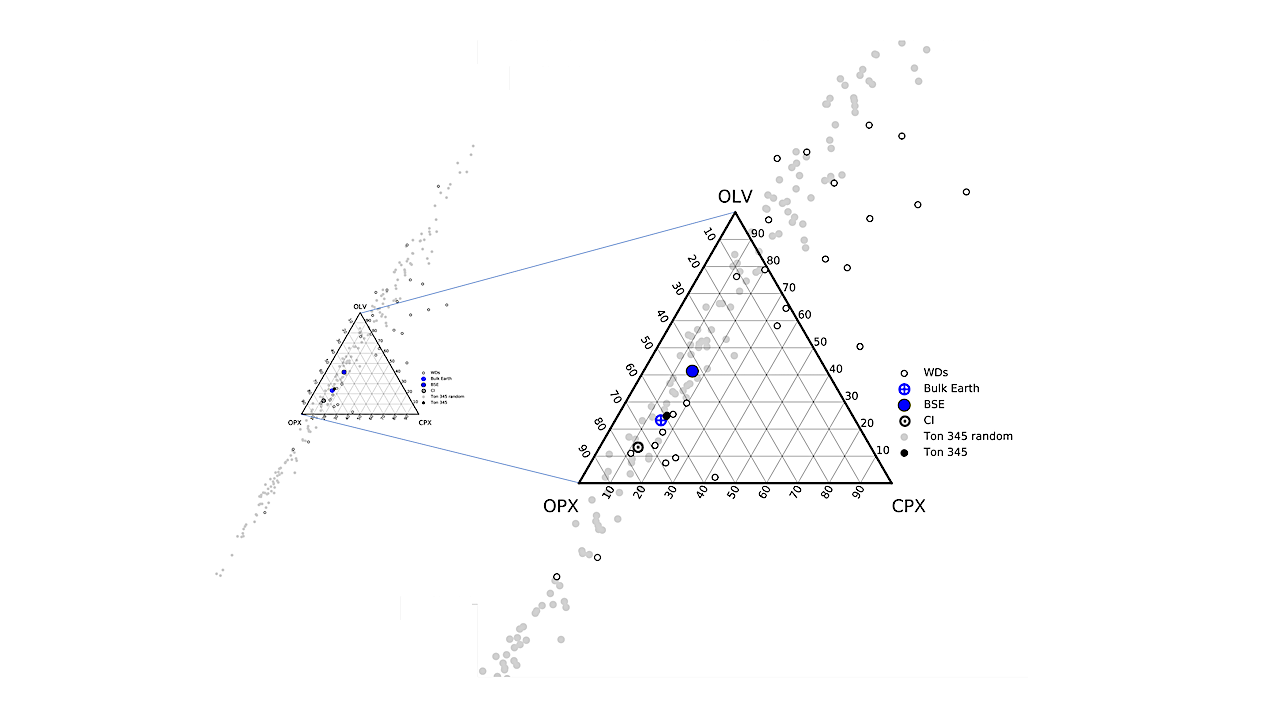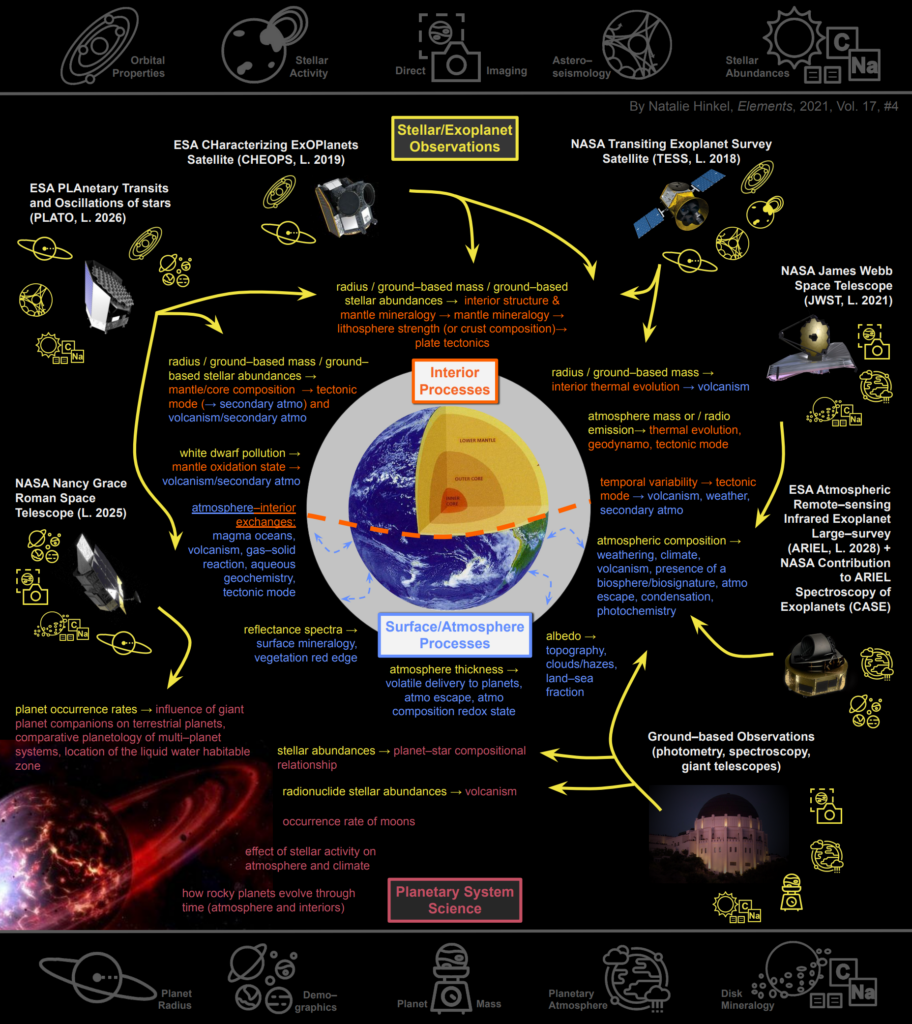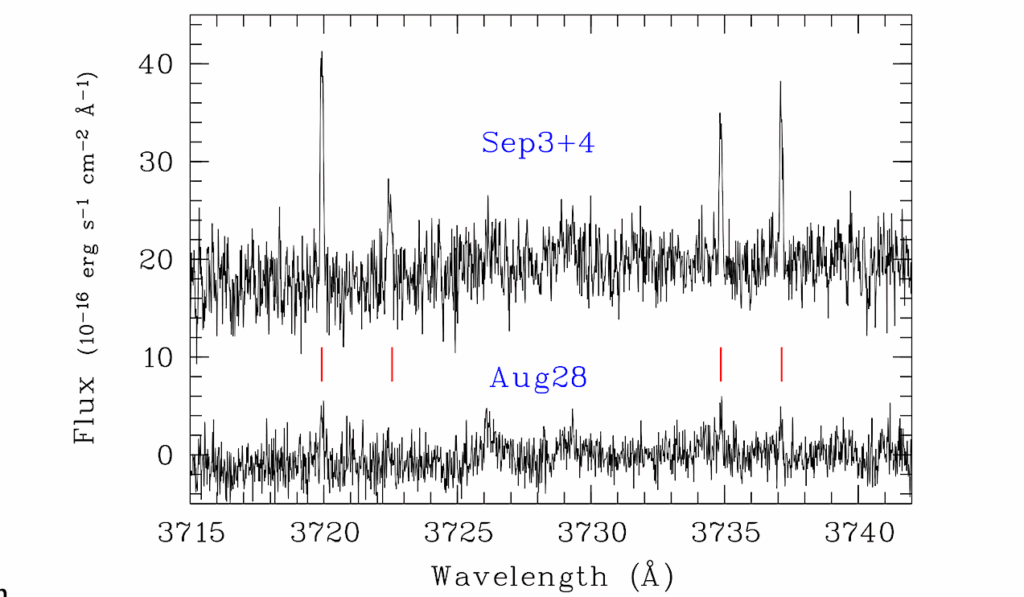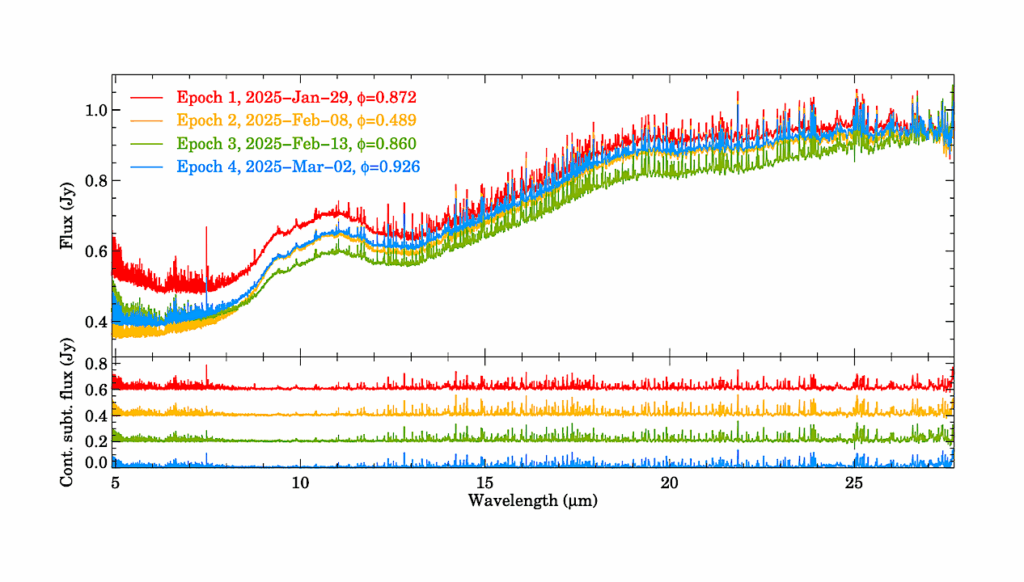Abundances Of Elements In Solar Systems

The relationship between stars and planets provides important information for understanding the interior composition, mineralogy, and overall classification of small planets (R ≲ 3.5R⊕).
Since stars and planets are formed at the same time and from the same material, their compositions are inextricably linked to one another, especially with respect refractory elements like Mg, Si, and Fe.
As a result, stellar elemental abundances can help break the degeneracy inherent to planetary mass-radius models and determine whether planets may be similar to the Earth in composition or if additional factors, such as formation near the host star or a giant impact, may have influenced the planet’s make-up.
To this end, we now have observations of the abundances of extrasolar rocks that were pulled onto the surfaces of a white dwarfs, whose compositions act as a direct insight into the interiors of small exoplanets. From measurements of ∼30 of these “polluted” white dwarfs, we have found that composition of the extrasolar rocks are similar to Solar System chondritic meteorites.

An interdisciplinary map of the relationship between current/upcoming exoplanet data, i.e. from ground-based or space-based telescopes (yellow), and the way that it relates to our understanding of small planet interior processes (orange), surface and atmospheric processes (blue), or planetary system science (red). NASA and ESA missions (with respective launch dates, “L.”, provided), as well as ground-based observatories, are surrounded by icons (defined at the top and bottom of the figure) indicating the properties they are slated to measure. Large yellow arrows connect the mission observables to aspects of the planet and/or planetary system via smaller arrow flow downs. This figure created by Natalie Hinkel and featured in Shorttle et al. (2021, reproduced with permission from Elements Magazine). — astro-ph.EP
Natalie R. Hinkel, Edward D. Young
Comments: accepted for publication as Ch. 154 in the Treatise on Geochemistry, 3rd Edition; 30 pages, 7 figures, and 8 figures
Subjects: Earth and Planetary Astrophysics (astro-ph.EP); Solar and Stellar Astrophysics (astro-ph.SR)
Cite as: arXiv:2405.05324 [astro-ph.EP] (or arXiv:2405.05324v1 [astro-ph.EP] for this version)
Submission history
From: Natalie Hinkel [via Natalie Hinkel as proxy]
[v1] Wed, 8 May 2024 18:00:10 UTC (3,858 KB)
https://arxiv.org/abs/2405.05324
Astrobiology,








